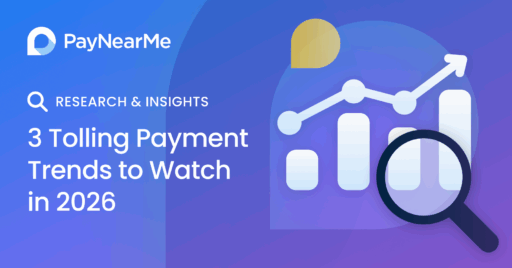Right Now Is the Time to Build a Payments Continuity Plan

By Shemika Jones, Chief Compliance Officer / Chief Risk Officer
“History doesn’t repeat itself, but it rhymes.” – Mark Twain (attributed)
The recent COVID-19 pandemic has reminded lenders and financial institutions of the importance of having a business continuity plan. But more specifically, it’s showing that we also need specific plans for critical functions of the business. For example, how will you run your business if you can no longer get paid?
Let’s consider the main areas to focus on when building a payments continuity plan for your business.
Getting the Right Team in Place
No matter the size of your business, you need to designate a dedicated Crisis Management Team to develop, test and activate your plan, should the need arise. Try to include a mix of C-Suite leaders and critical team members from the front lines to make sure you cover both strategic and tactical capabilities in your planning.
This team should meet periodically to update the plan, perform stress tests, and review processes and timelines.
Understanding Your Customers & Risks
Before you can consider creating a payments continuity plan, you need to understand your customers and dependencies. You can do this by reviewing your merchant statements, analyzing different payment channels, and mapping different payment types over time.
Doing this can reveal a wealth of information about your customers, including:
- Number who prefer electronic payments vs. checks, cash and money orders
- In-person vs. remote payers
- Self-service vs. agent assisted (i.e. call center or in-person) payers
- Autopay vs. manual payers
- Shifts in payment amounts, times of month, payment methods and more
Depending on your business type, you may identify dozens of markers that matter for your business. These markers can then be used to start asking probing questions of your leadership team, such as:
- What happens to our in-person payers if they can’t access our branches?
- Can we easily switch from traditional mail to email billing if service is shut down?
- Do we have alternate ways to disburse funds other than printed checks?
- How do we service call center customers if our agents cannot come into work?
The questions you develop here will lay the framework for your plan, and help your team prioritize what to activate first.
Develop Remote Payment Alternatives
Many businesses are already turning to fully digitized payment solutions to streamline the collections process. If you’re not quite ready for that kind of shift, at least have some backups in your payment processing agreement that let you turn on these services in the case of an emergency.
These digital alternatives should offer clear replacements for existing payment types and channels to ensure you cover the biggest customer base possible. Some suggested alternatives include:
- Online ACH for check payers
- Card not present options for in-person debit transactions
- Email or text message payments for traditional mail customers
- Redirecting cash payers to local retail locations (such as PayNearMe’s network of 27,000 retail partners)
- IVR or self-service web options for customers who typically call in payments
- Push to debit disbursements in lieu of paper checks
The list of options will depend heavily on what you uncover in step two above, so make sure you do a thorough customer and risk analysis to share with your payment processor before making any changes.
Plan Your Communications Strategy
Timely outreach is critical when activating your payments continuity plan. You’ll need to be ready to share any operational changes with customers quickly, concisely and broadly in order to reduce the impending customer service burden on your support team.
At a minimum, your plan should include the following communications pieces queued up and ready to go:
- A dedicated web page and homepage banner outlining your changes
- An email template that can be sent to all active customers
- A call script for fielding inbound telephone calls
- Pre-recorded IVR template that can be switched over when needed
You may also want to add visual tutorials for customers that will need to drastically change their payments approach. For example, showing customers how to opt-in to Pay by Text or set up Automatic Payments can help ease the learning curve and ensure more timely adoption.
Prepare Your Staff
A unique consequence of COVID-19 has been a dramatic shift to remote work for many financial institutions, lenders and collections agencies. And while technologies like video conferencing, cloud-based software and VPNs have enabled the breakout success of remote work, this environment isn’t without challenges.
For example, how do you handle PCI-DSS compliance when employees aren’t under a controlled call center environment? How do you enable phone call routing? What if you are short staffed?
These issues don’t have simple answers, but they do require proper employee training and process development to avoid even larger issues from developing.
Get Started Now
“The best time to plant a tree was 20 years ago. The next best time is now.” – Ancient Proverb
This is far from an extensive plan, but we hope we’ve given you enough information to begin developing your own payments continuity plan.
If you’d like to learn more about creating a payments continuity plan, or how PayNearMe can provide solutions to many of the points above, we encourage you to speak with our team.
Stay safe and healthy.



